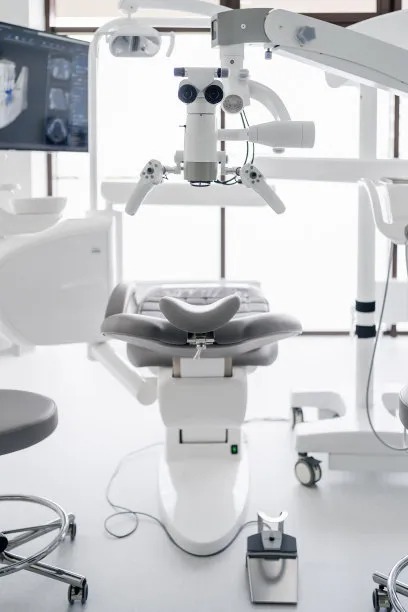The Comprehensive Guide to Extracting a Tooth Safely and Effectively for Dental Health Maintenance
Summary: Dental health is crucial for overall well-being, and sometimes tooth extraction becomes necessary to maintain that health. This comprehensive guide provides an in-depth overview of how to safely and effectively extract a tooth, ensuring minimal discomfort and complications. The article will explore the preparation for the procedure, the extraction process, post-extraction care, and when to seek professional help. It aims to empower individuals to make informed decisions regarding dental extractions while emphasizing the importance of professional intervention when needed. By understanding these key aspects, readers can contribute to their dental health maintenance with confidence.
1. Preparation for Tooth Extraction Procedure

Before undergoing a tooth extraction, it is essential to prepare both physically and mentally. This preparation begins with a thorough consultation with a qualified dentist. During this visit, the dentist will assess the tooth in question and discuss any existing health conditions that might complicate the extraction process. They will also review the patient’s medical history to ensure that any underlying issues are managed effectively.
Additionally, patients should be informed about the type of anesthesia that will be used during the procedure. Understanding the options available—local anesthesia, sedation, or general anesthesia—is crucial for mental preparedness. The dentist will explain how each type of anesthesia works, its potential side effects, and why a specific method is recommended for the patient.
Lastly, proper oral hygiene must be maintained leading up to the extraction date. Patients are encouraged to brush and floss daily while avoiding certain medications that may increase bleeding. Following the dentists recommendations can significantly reduce risks during and after the extraction.
2. The Tooth Extraction Process Explained
The actual tooth extraction process typically follows a structured approach to guarantee a smooth experience. Once the patient is seated comfortably, the dentist will administer the chosen anesthesia, ensuring that the area around the tooth is numb. This step is crucial, as it helps alleviate any pain during the procedure.
Once the anesthesia takes effect, the dentist will use specialized tools to loosen and gently remove the tooth. If the tooth is impacted or broken, additional techniques might be necessary, such as sectioning the tooth into smaller pieces for easier removal. Throughout this process, the dentist will monitor the patients comfort levels and make necessary adjustments.
After the tooth is successfully extracted, the dentist will provide gauze to control any bleeding. It is vital to bite down on the gauze for a specified time to promote clotting. If needed, the dentist might also stitch the site to ensure proper healing, which will later dissolve or require removal during a follow-up visit.
3. Post-Extraction Care Guidelines
Post-extraction care is crucial to facilitate healing and minimize complications. After the procedure, patients should follow the dentists instructions closely. This often includes managing pain with prescribed medication and using ice packs to reduce swelling in the initial 24 hours.
Maintaining a soft food diet is also recommended to prevent irritation of the extraction site. Foods like yogurt, applesauce, and smoothies are excellent choices during recovery. It is essential to avoid creating suction, which can dislodge the blood clot and lead to dry socket, a painful condition that can prolong healing.
Furthermore, patients should keep the extraction site clean by avoiding vigorous rinsing for the first 24 hours. After this period, gentle rinses with warm salt water can help keep the area clean and promote healing. Regular check-ins with the dentist for follow-up appointments are essential to ensure recovery progresses as expected.
4. When to Seek Professional Help
While some discomfort and swelling are typical after a tooth extraction, certain symptoms may indicate complications. If a patient experiences severe pain that intensifies rather than improves, it could signal an issue such as infection or dry socket. Recognizing this early and contacting a dentist promptly is crucial to receiving adequate treatment.
Additionally, if excessive bleeding occurs beyond the first few hours post-extraction, it is vital to seek professional advice. Persistent bleeding that soaks through gauze or appears to worsen should not be ignored, as it may require immediate medical intervention.
Finally, if any signs of a systemic infection, such as fever or chills, arise within the days following the extraction, patients should contact their dentist as soon as possible. Early intervention can significantly affect the recovery process and prevent further complications.
Summary:
The guide underscores the importance of preparing adequately for a tooth extraction, understanding the procedure, adhering to post-extraction care, and recognizing when to seek help. By following these steps, individuals can enhance their dental health maintenance and ensure a smooth extraction experience.
This article is compiled by Vickong Dental and the content is for reference only.


